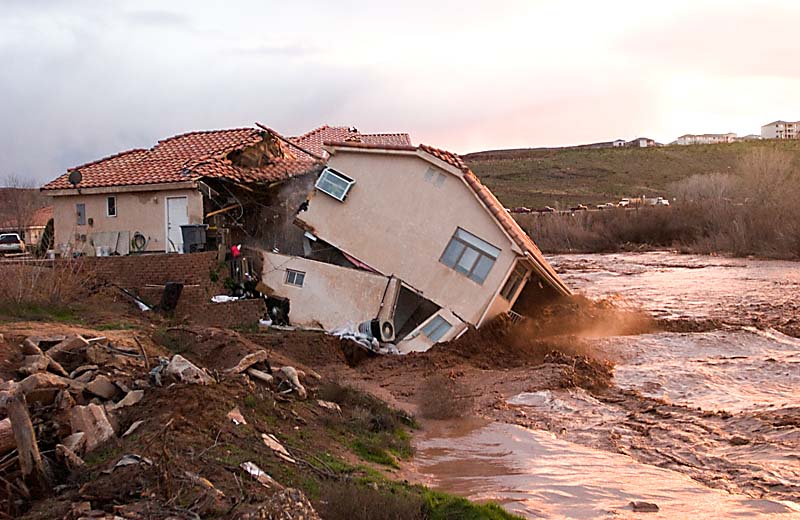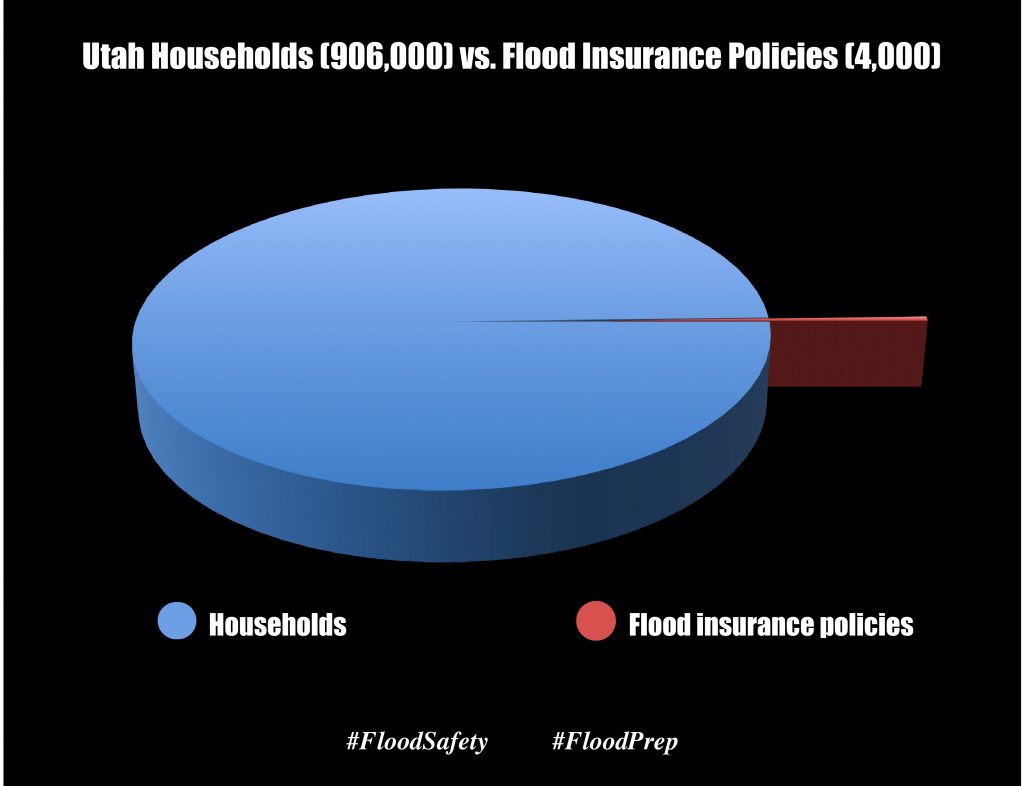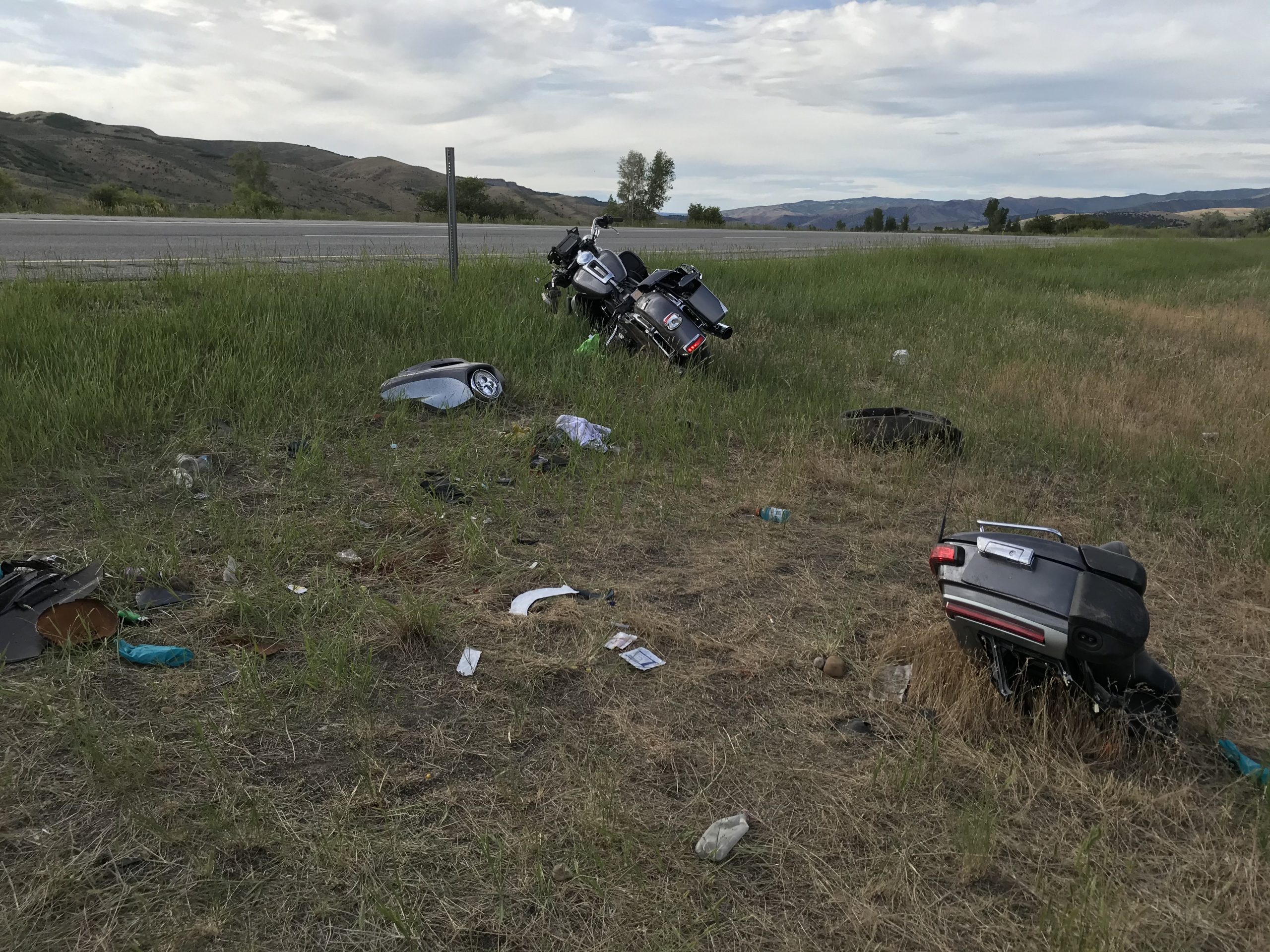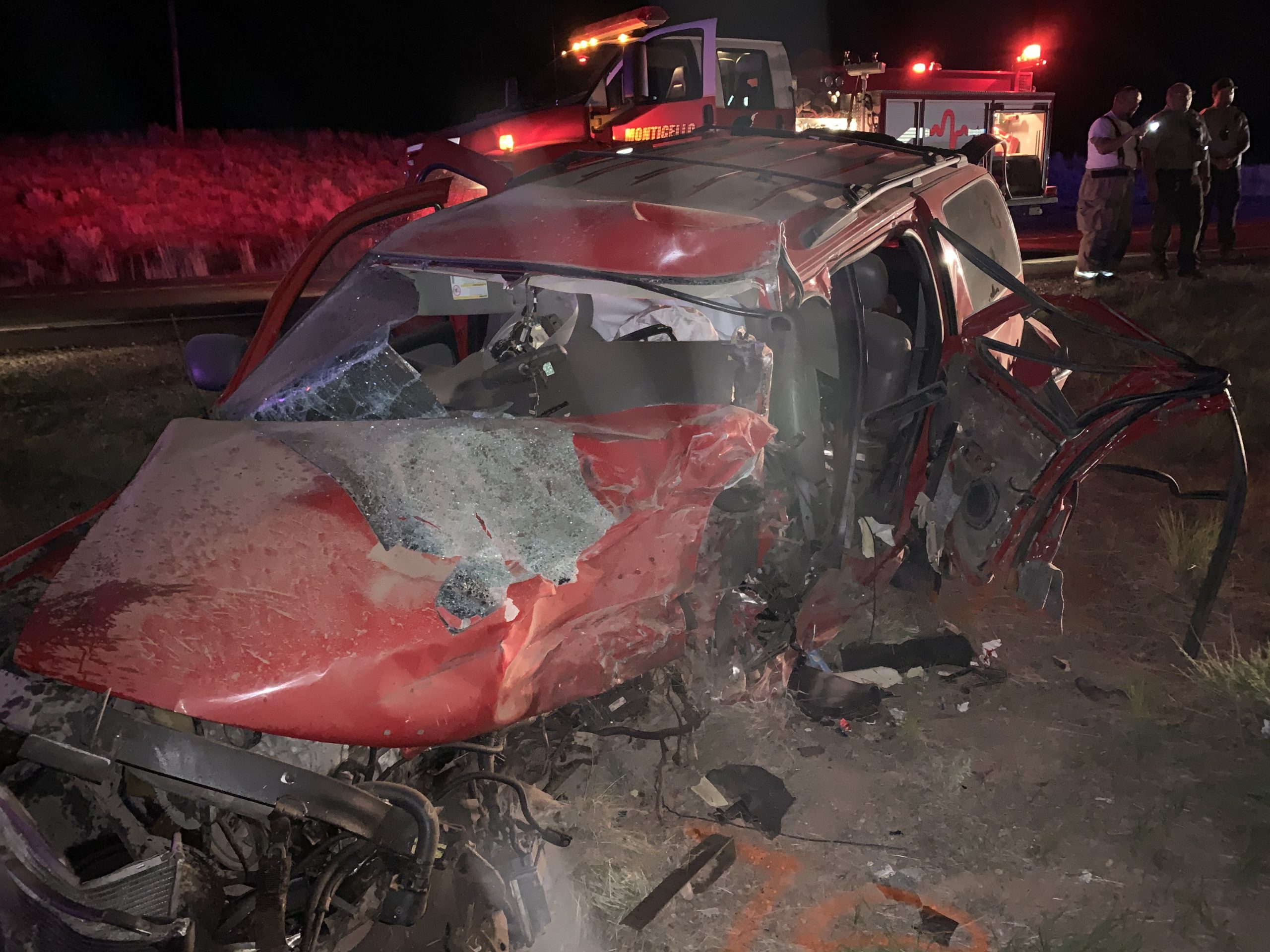Disasters
TOP STORY
Protecting Utah
This is the most common natural disaster
This article is part of our #UtahHazards411 series, to help Utahns understand what hazards exist and why they need to prepare for them.
Our Division of Emergency Management recently conducted a Twitter poll that asked followers this question: What is the most common hazard that becomes a natural disaster?
Here are the poll results with the correct answer highlighted:
Wildfire (39%)
Flood (39%)
Wind (19%)
Landslide (3%)
Sure, we have a lot of fires in Utah (1,327 of them on state and private land in 2018), but few of them reach disaster proportions. So, good guess to those who picked wildfire.
Flooding, on the other hand, can seem like something that only happens to other people, such as the devastating flooding that hit southern Utah in 2005. That flood struck a chord with so many of us because we watched, helpless, as 18 homes were sucked into a torrent of water.
But flooding can come from freak intense rainstorms, like what we saw in Hildale in 2015 and in Salt Lake City in 2017. It can also come from snowmelt, which happened in Salt Lake City in 1983 and Box Elder and Cache counties in 2017. It can even come from a failed dam or a broken sprinkler pipe. The main question we have is this:
Are you ready for it?

Flooding is the most common disaster
Here’s your reality check: Flooding can happen anywhere during any time of year. Sometimes, the damage caused by flooding is localized in neighborhoods, filling basements with water and muck and destroying heirlooms and photos.
If you look at the history of Utah’s major disaster declarations (disasters that required recovery help from the American people) 10 of Utah’s 12 major disasters involved flooding.
How do I prepare for flooding?
- Be informed
- Learn if your home is in a Special Flood Hazard Area, or if one is nearby.
- Watch the weather. Pay attention to forecasts from the National Weather Service. The Salt Lake office covers most of Utah. The Grand Junction office covers eastern Utah.
- This is especially important if you live near or below a burn scar. Areas that have been burned by wildfire are dangerous for five years after a fire. Just a little rain, like a half inch in 30 minutes can cause a debris flow.
- Check your insurance
- Flood damage is not covered by your homeowners policy.
- This is not something you want to discover after a flood.
- As you can see in the image above, a tiny percentage of homeowners have flood insurance policies.
- Almost any insurance agent can write a flood insurance policy.
- Learn more about flood insurance at FloodSmart.gov.

- Plan to evacuate
- Make a list of important things you need to grab if you are ever asked to evacuate. Keep that list with a box or tote that can hold those items. This takes the stress of remembering what you want when you go into crisis mode.
- Plan to heed the instructions of public safety officials who order the evacuation. You may only have minutes to get to safety.
- Make sure to sign up for emergency alerts from your city or county.
- Our Be Ready Utah program has more detailed tips here.
Joe Dougherty is the public information officer for our Division of Emergency Management. jdougherty@utah.gov







SHARE THIS STORY